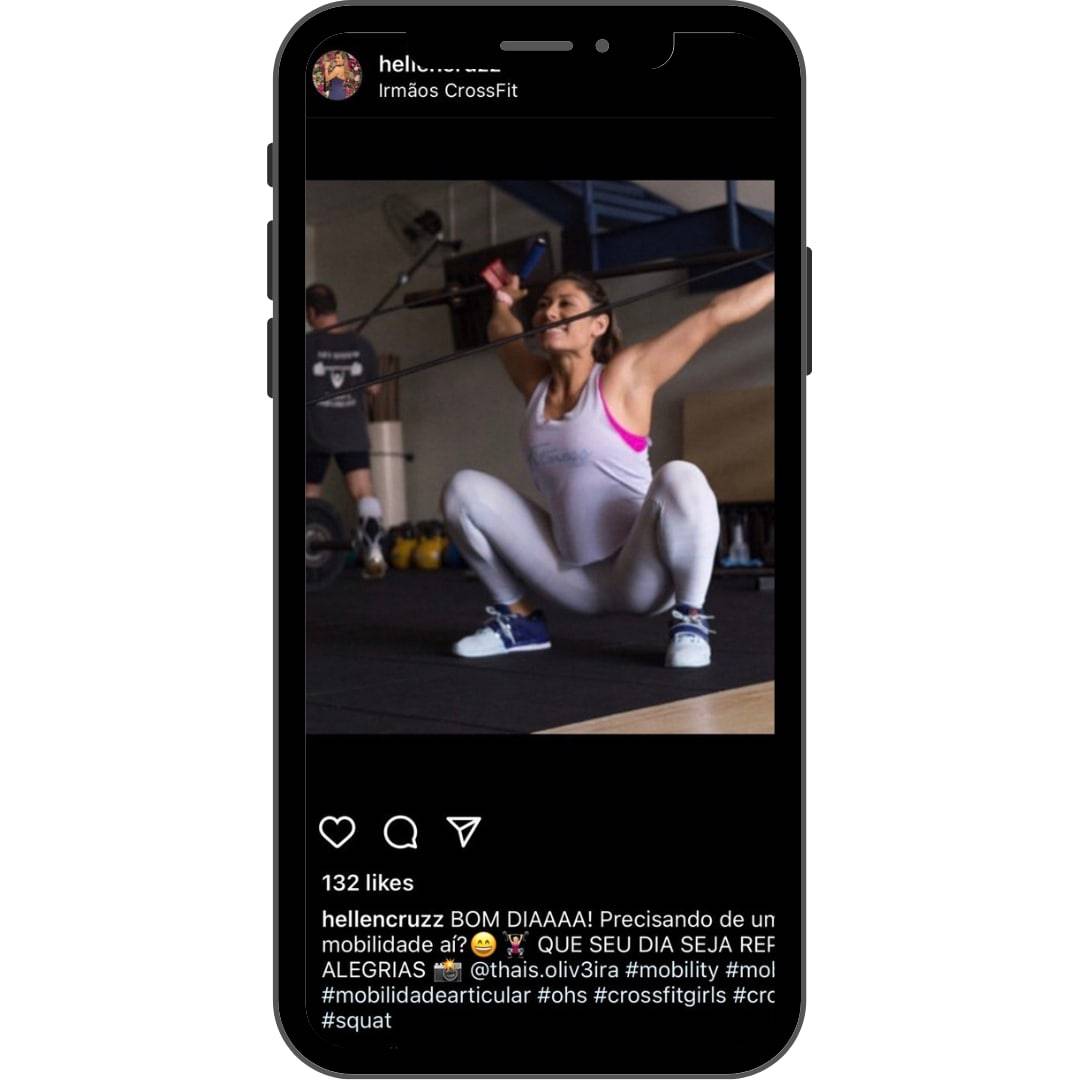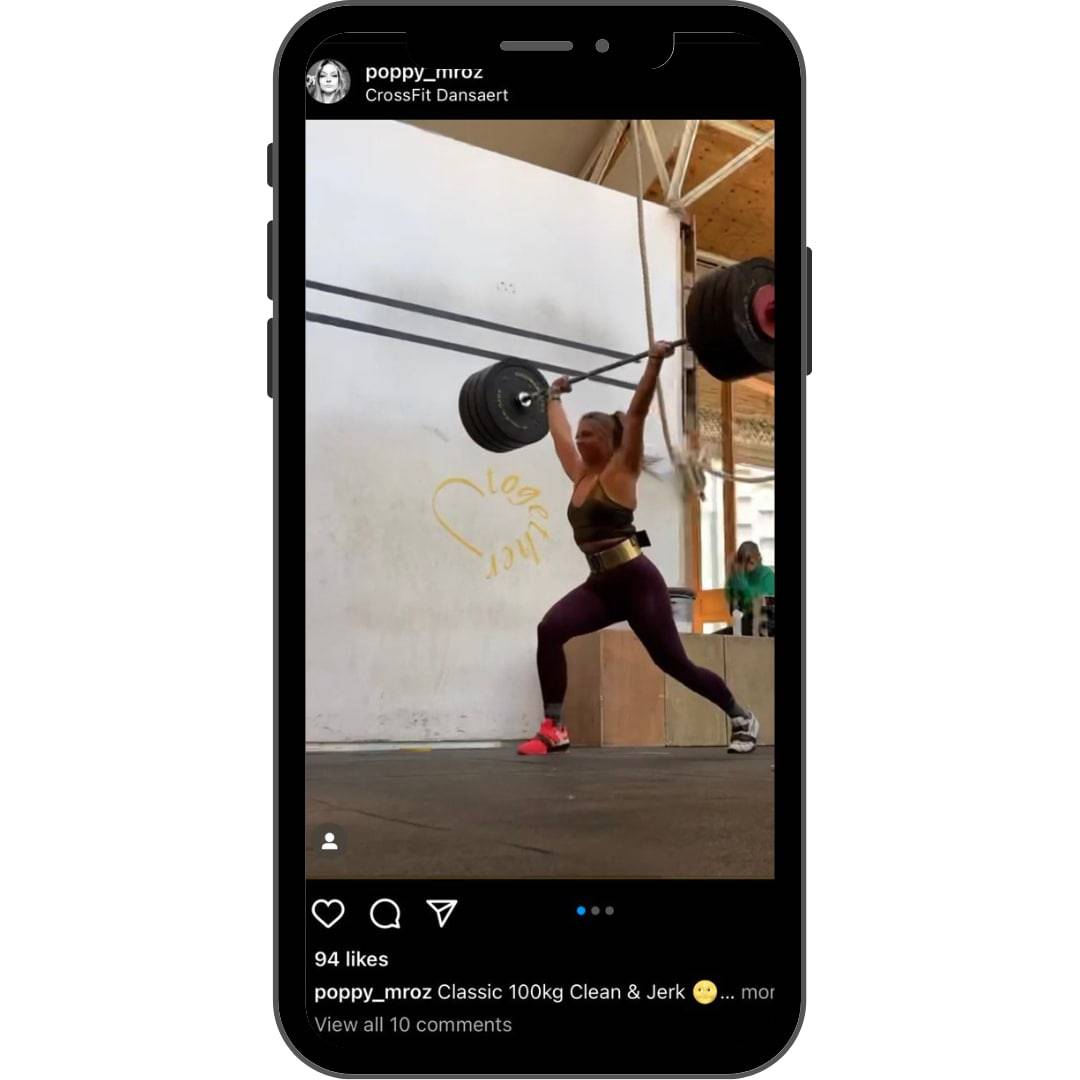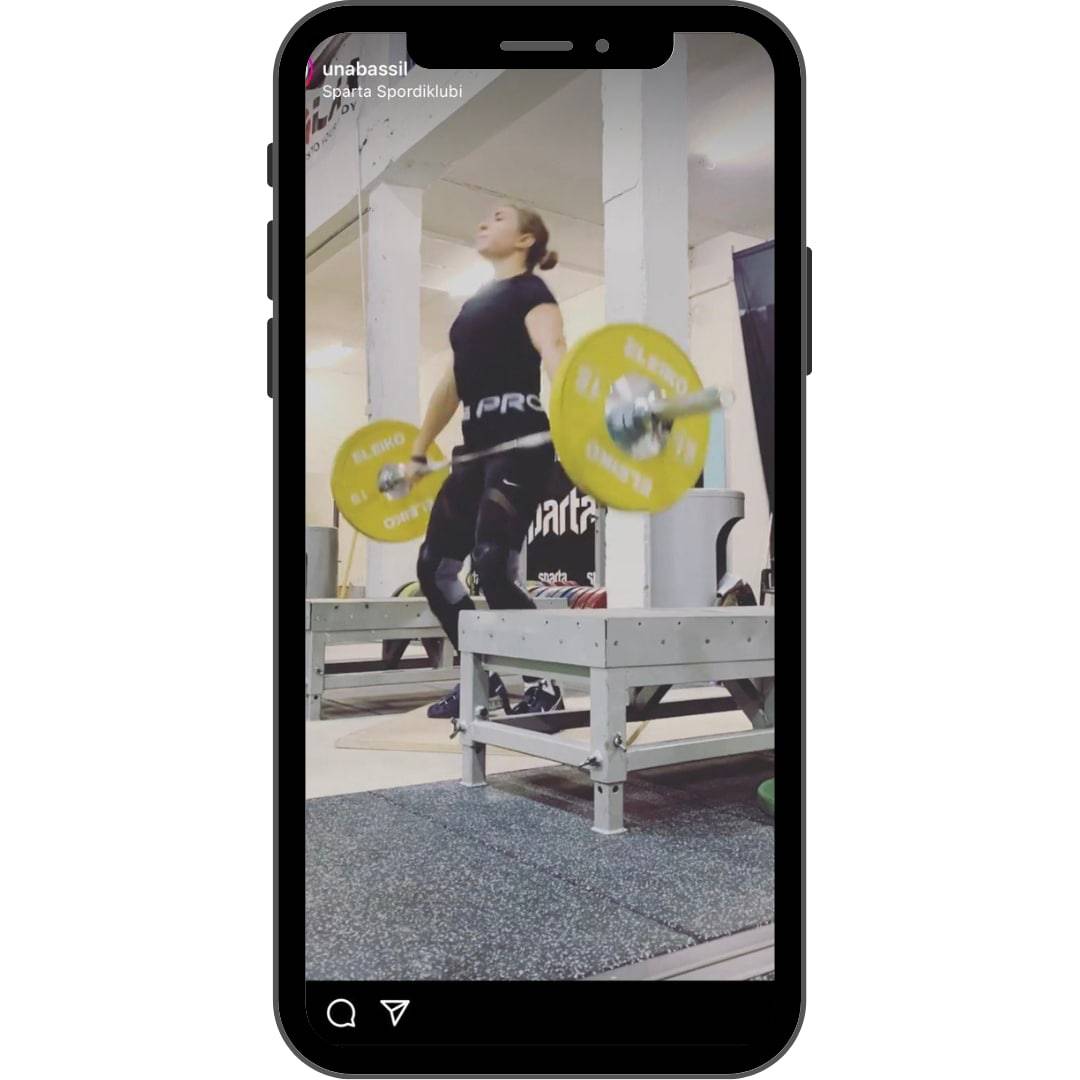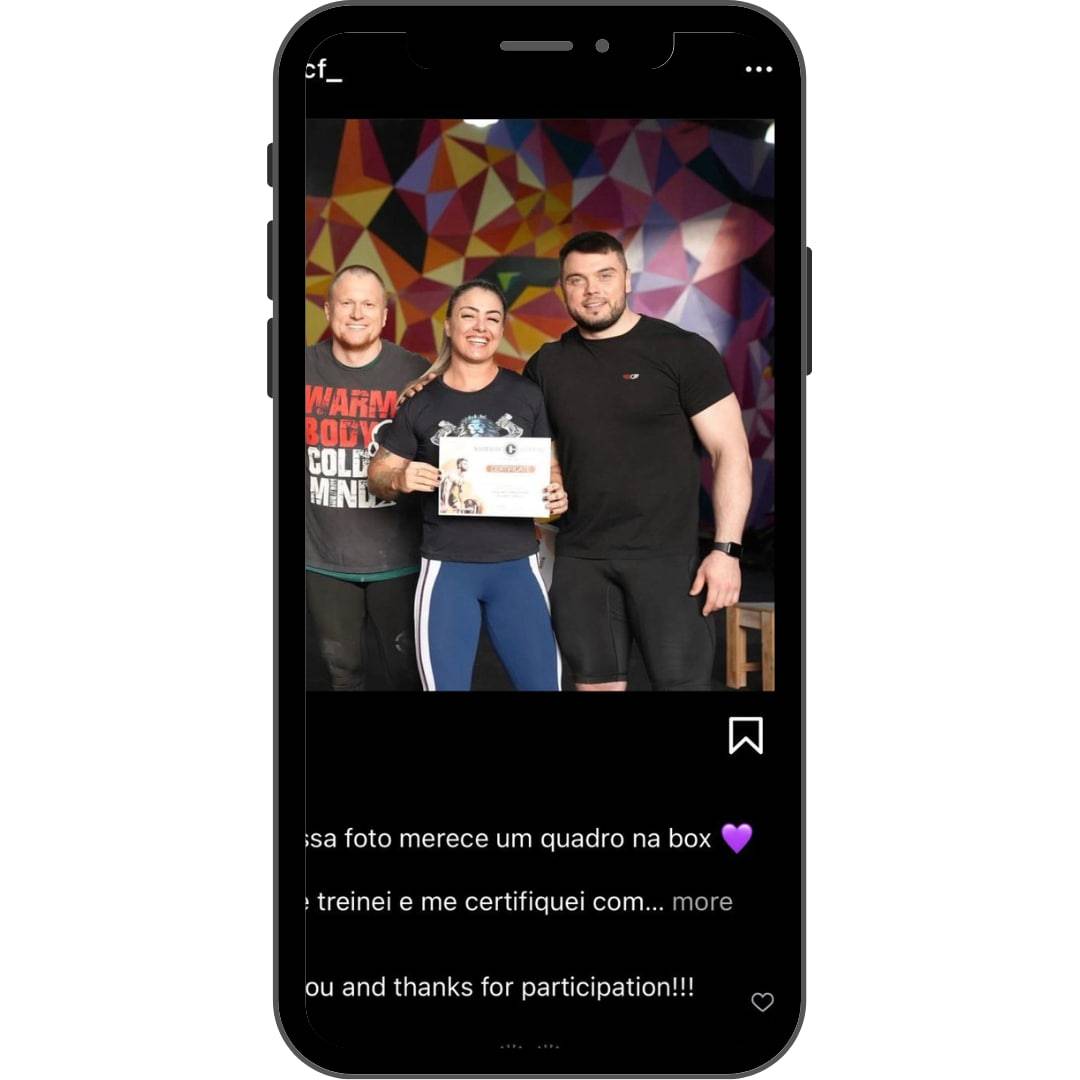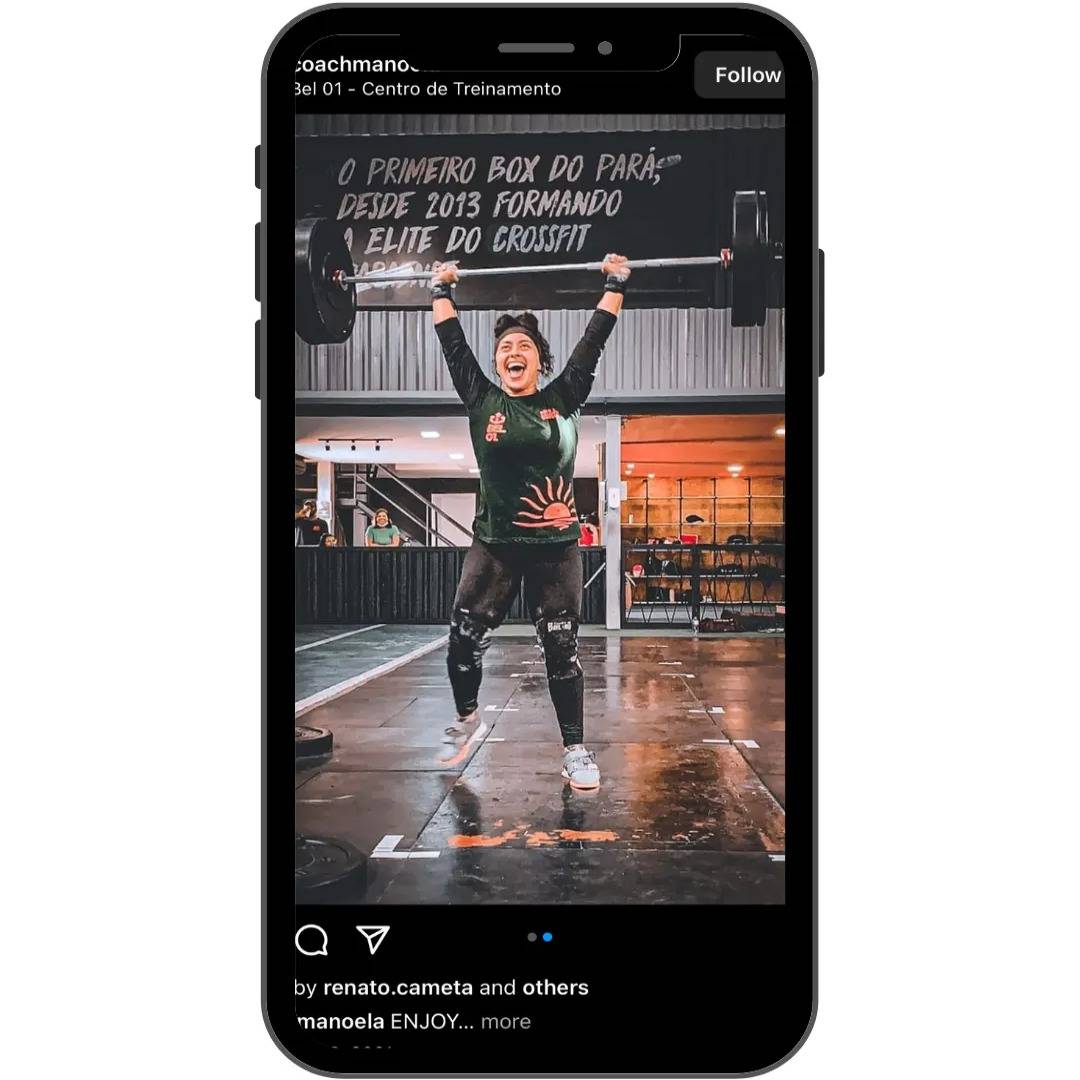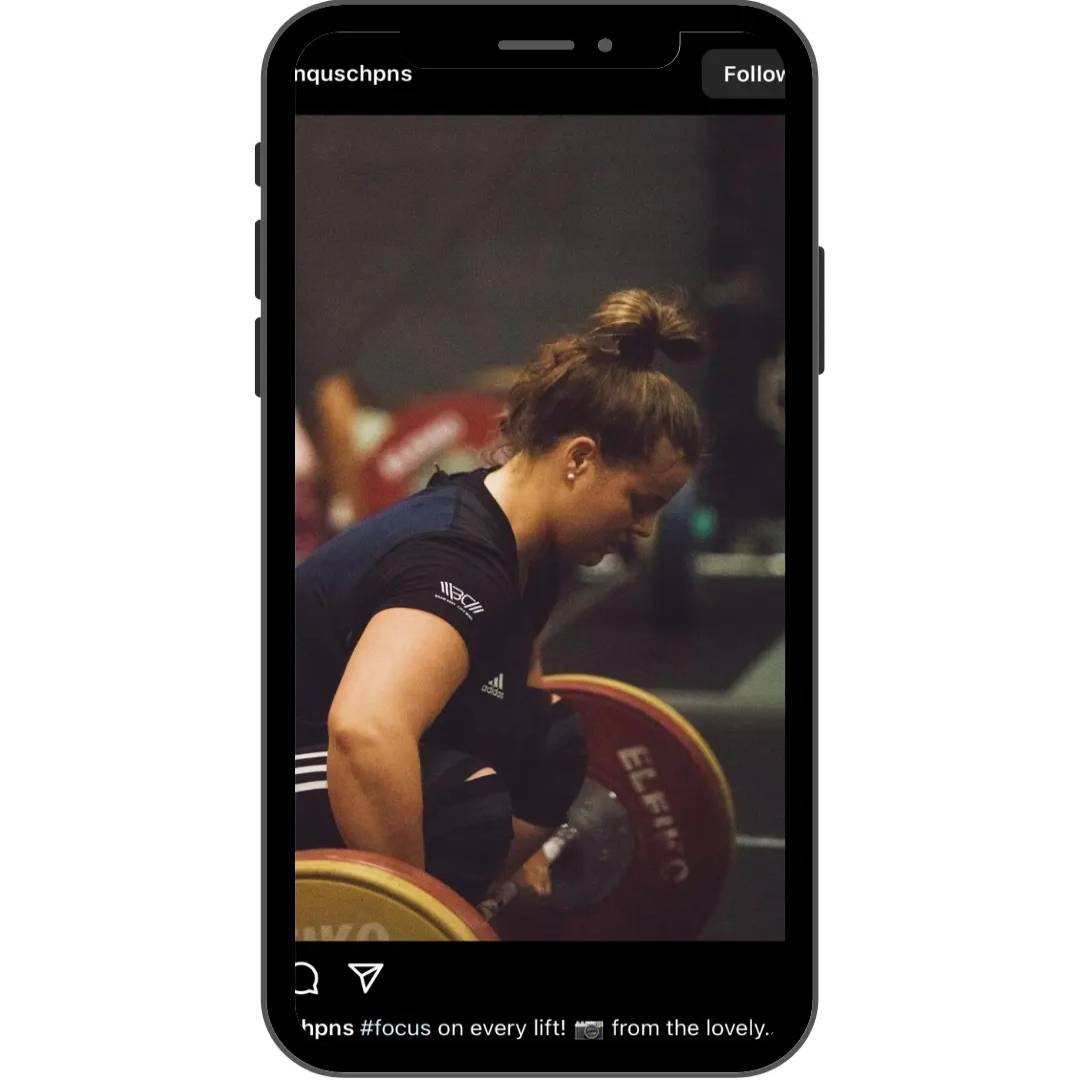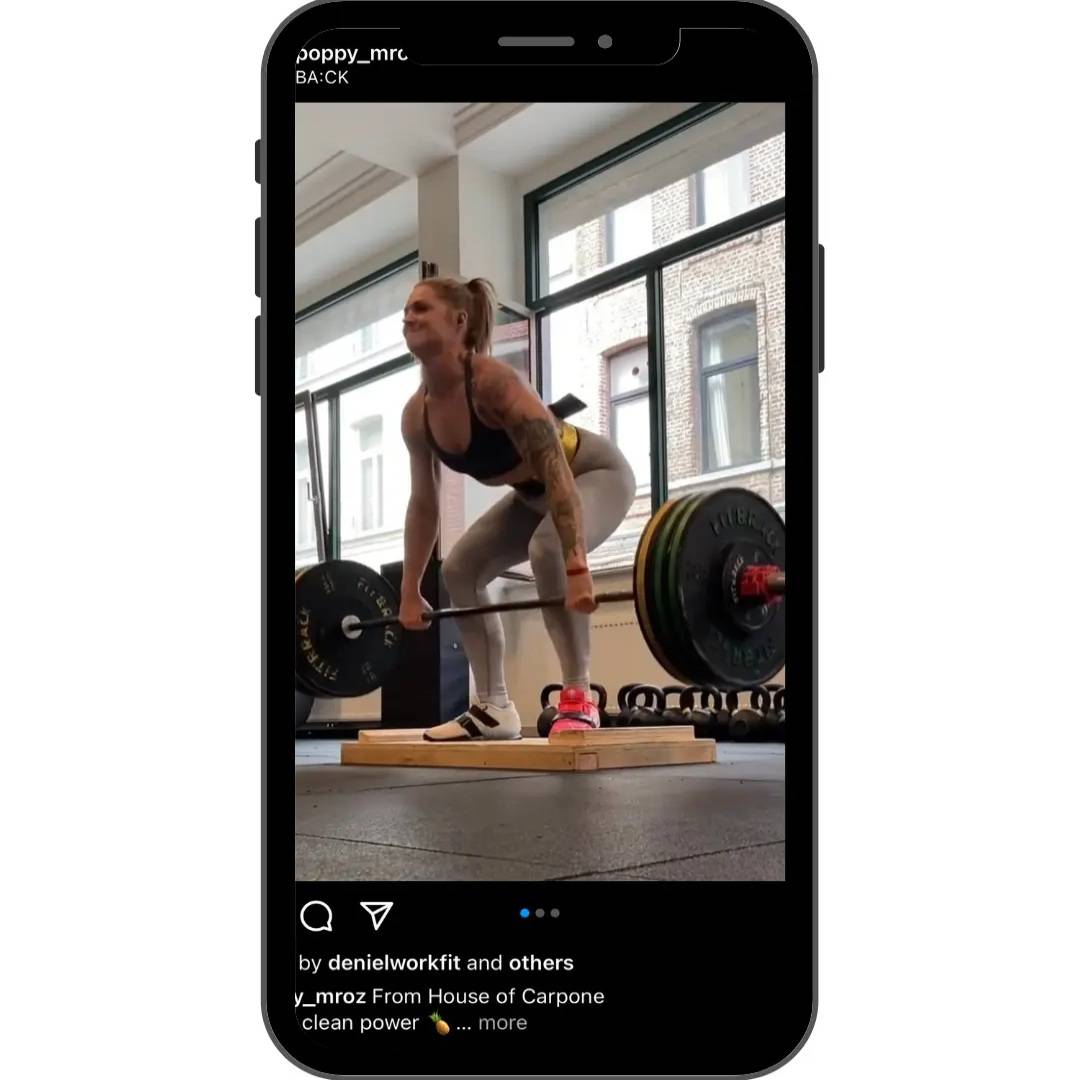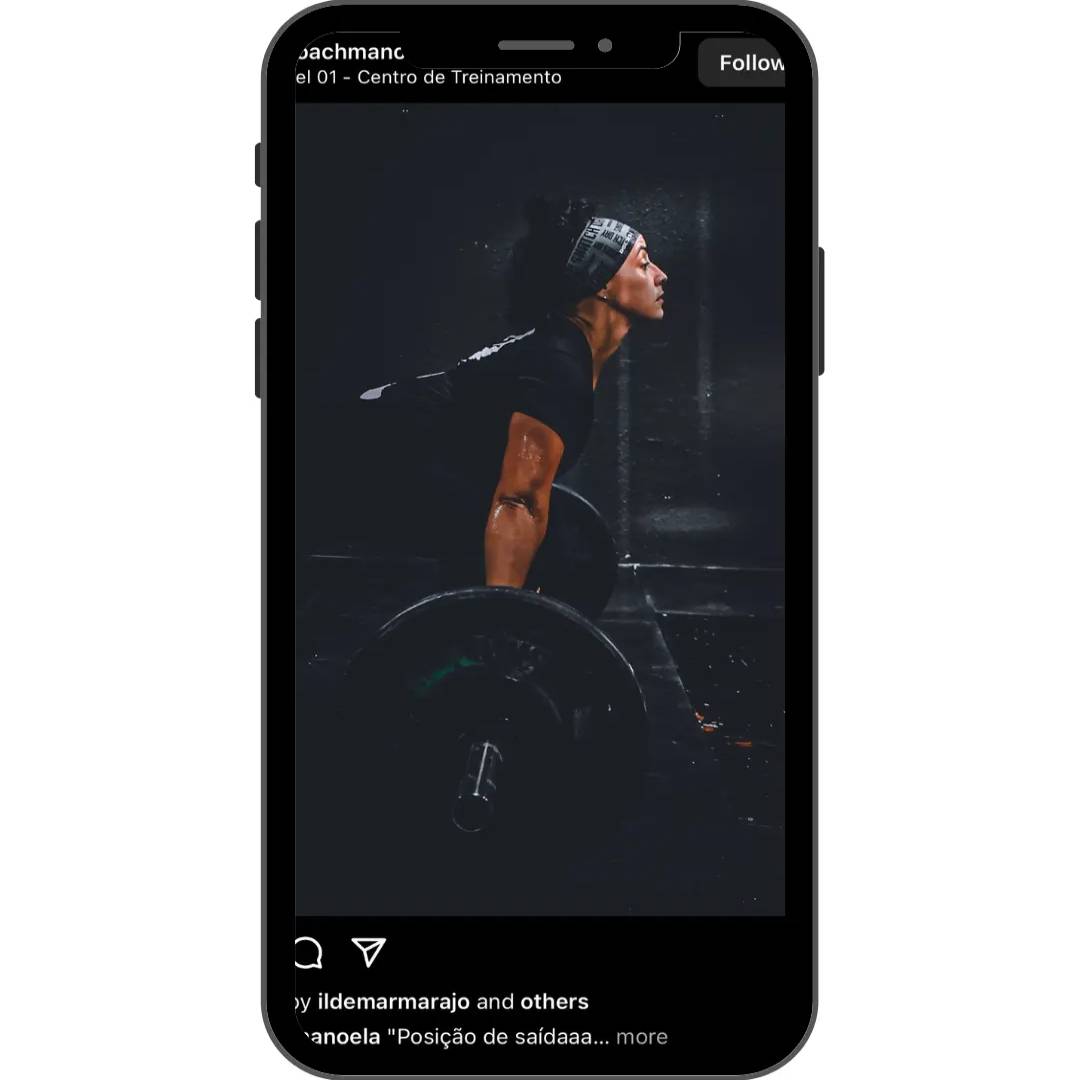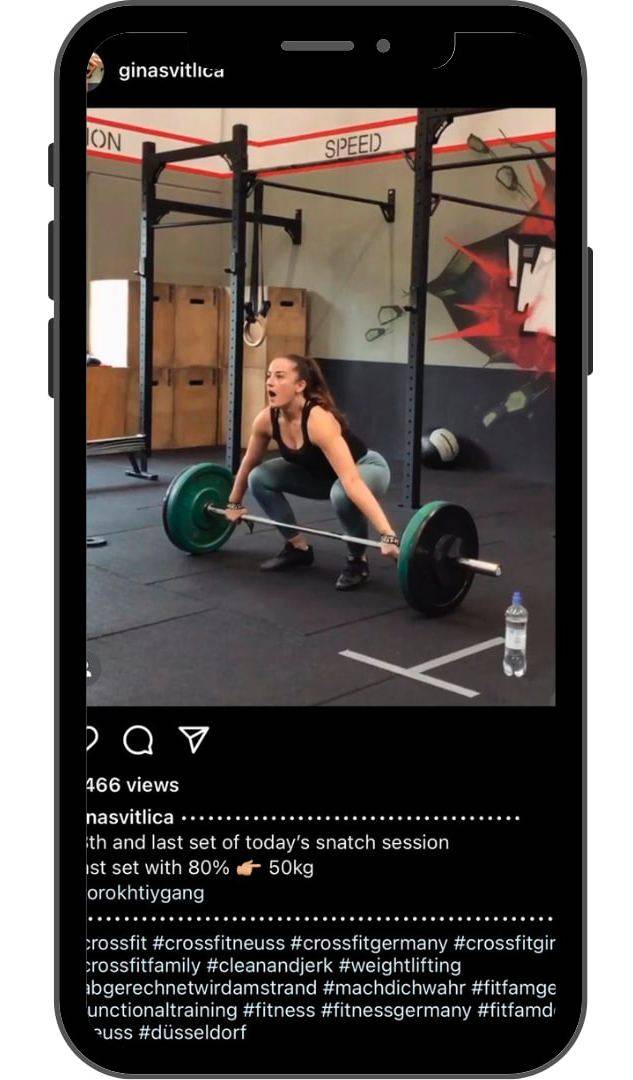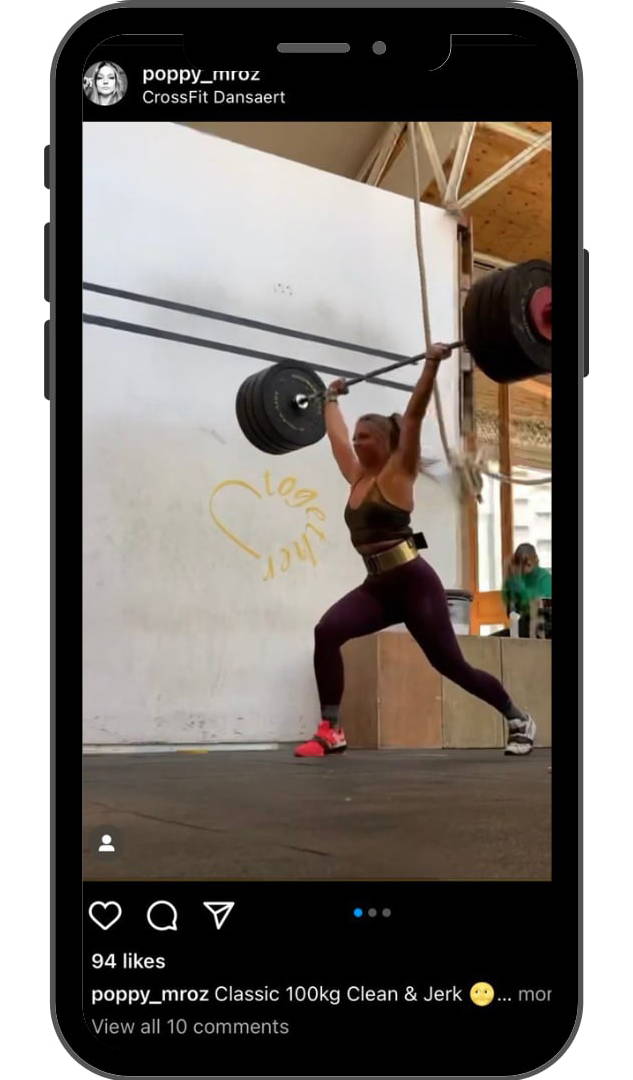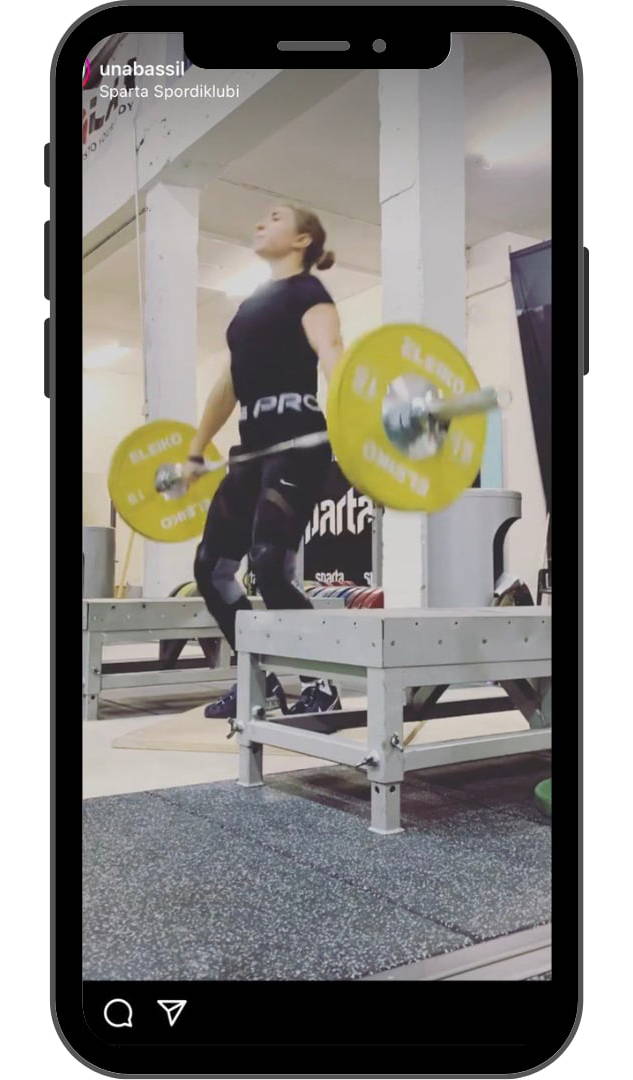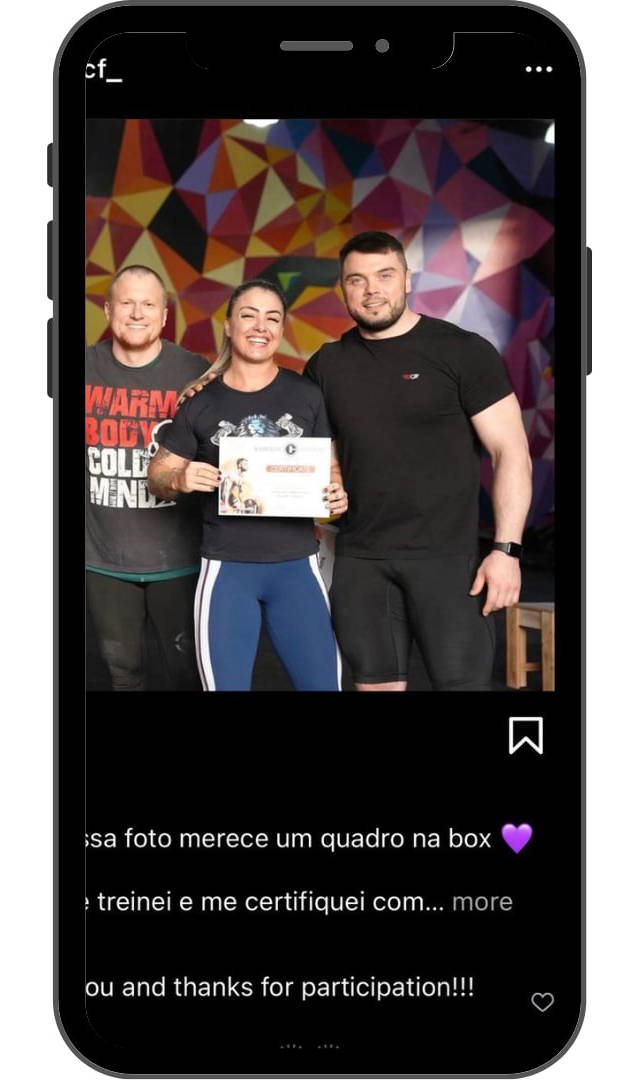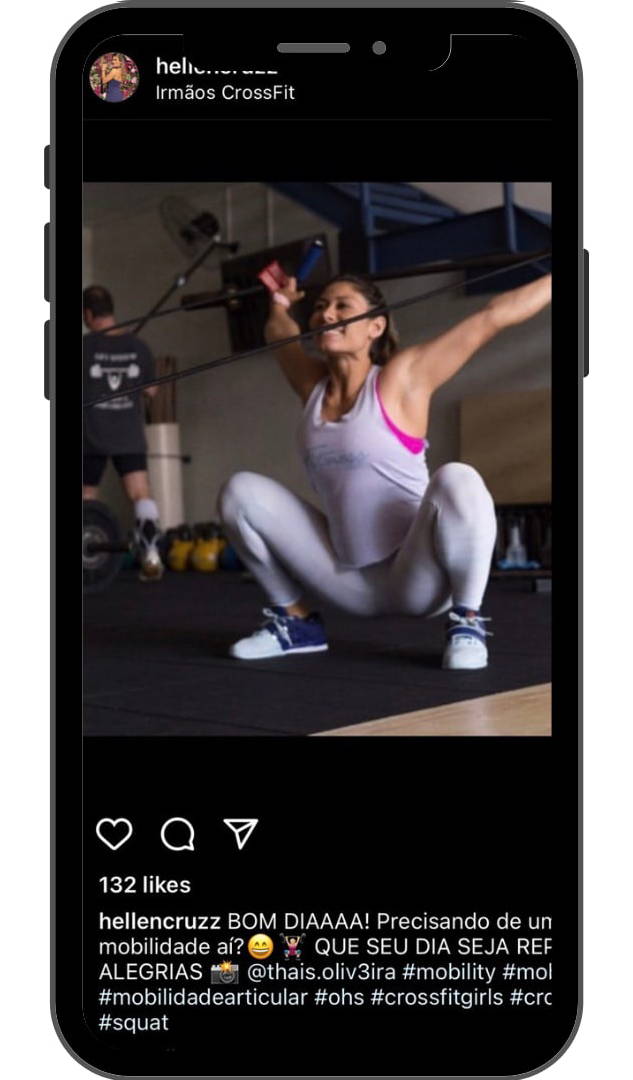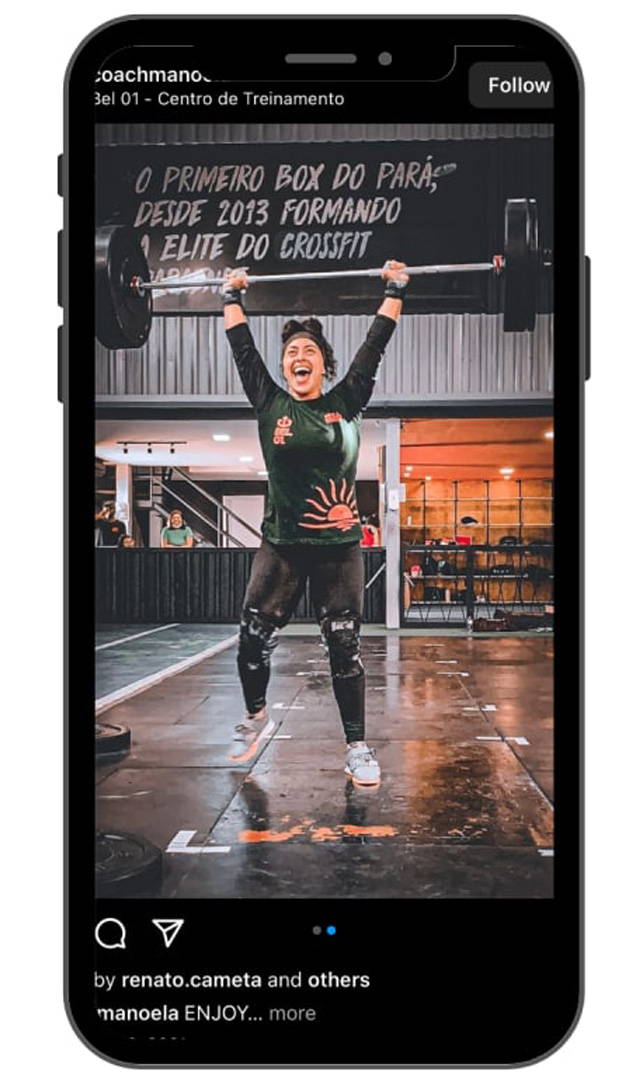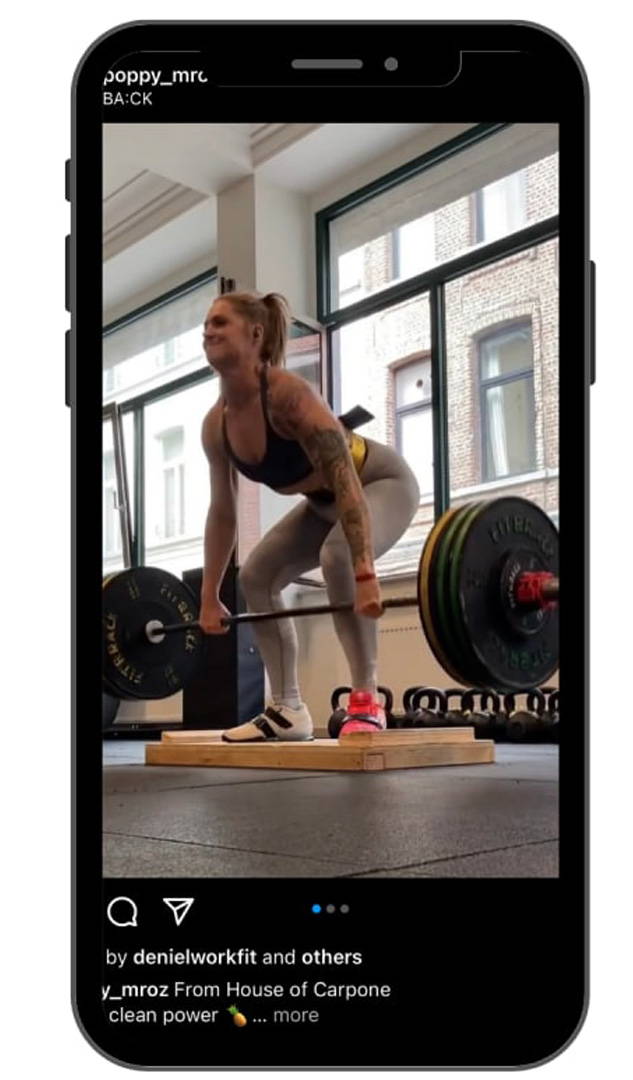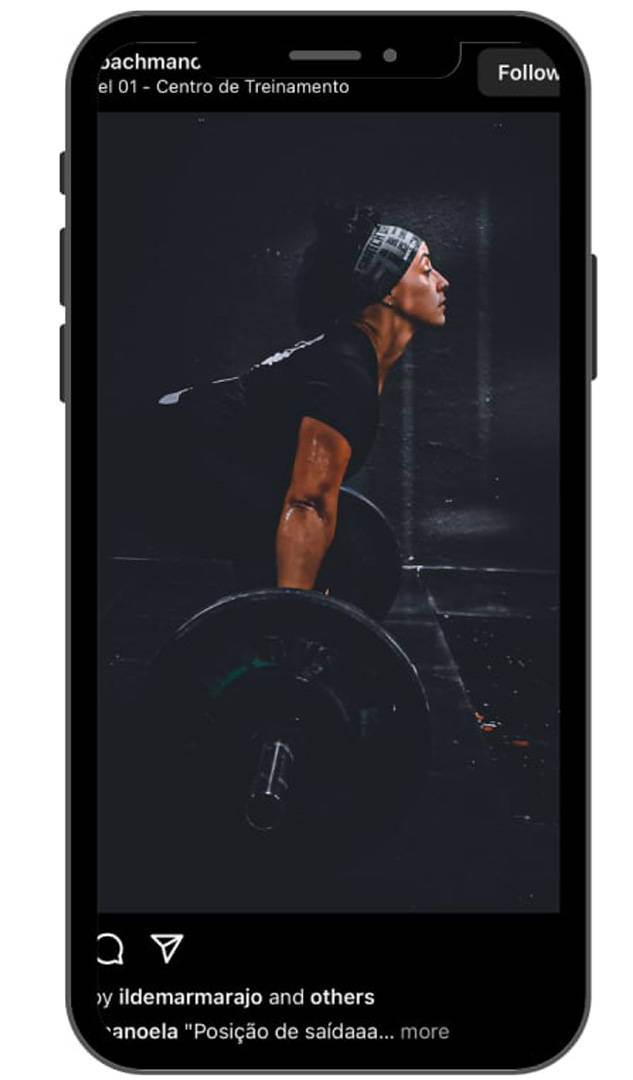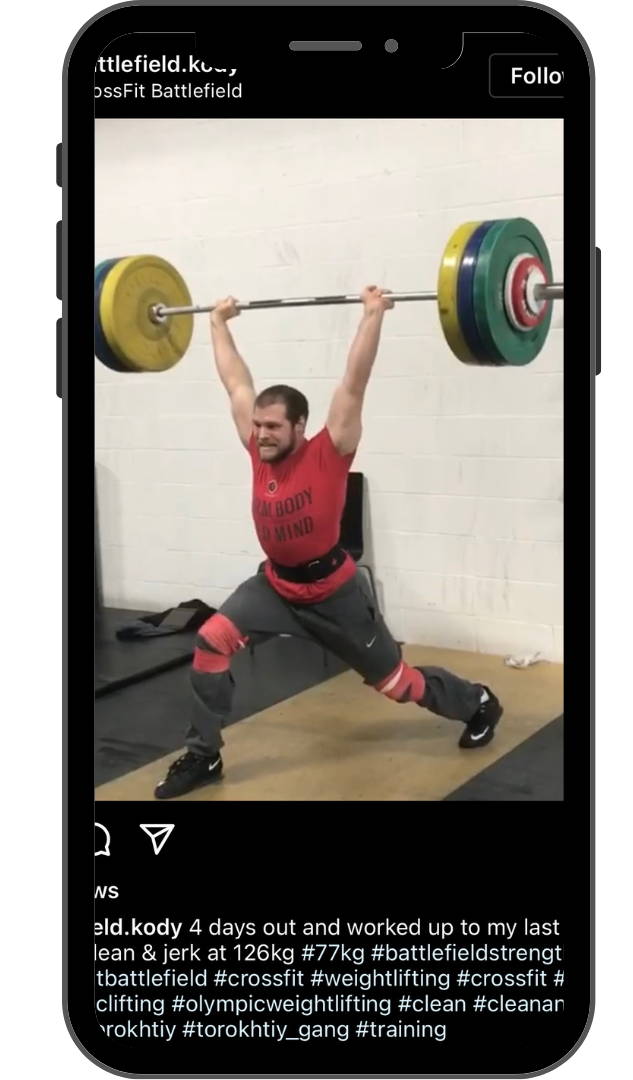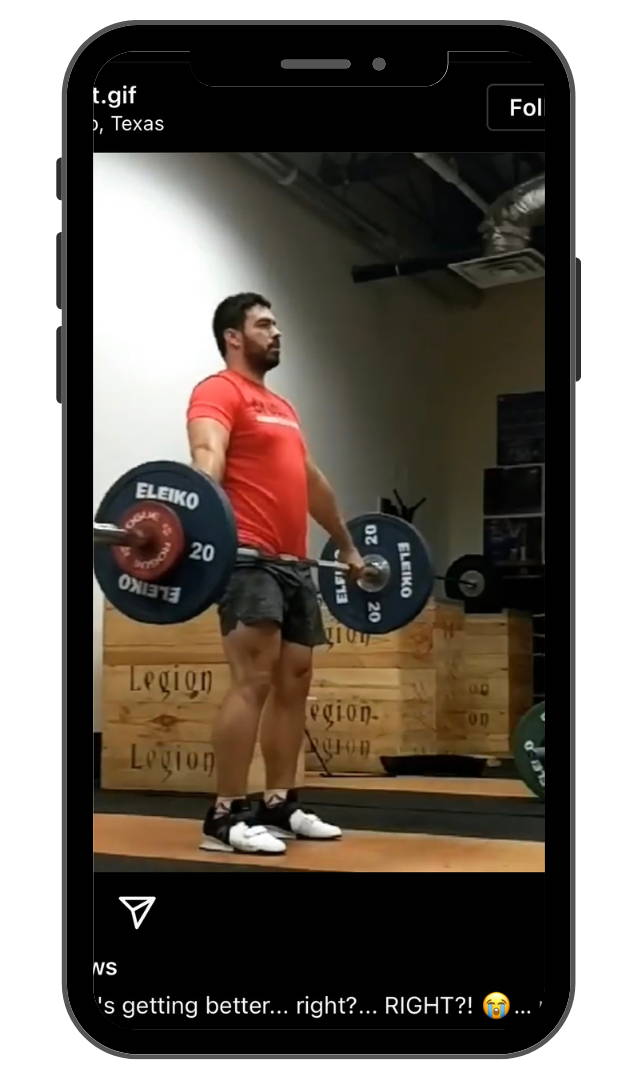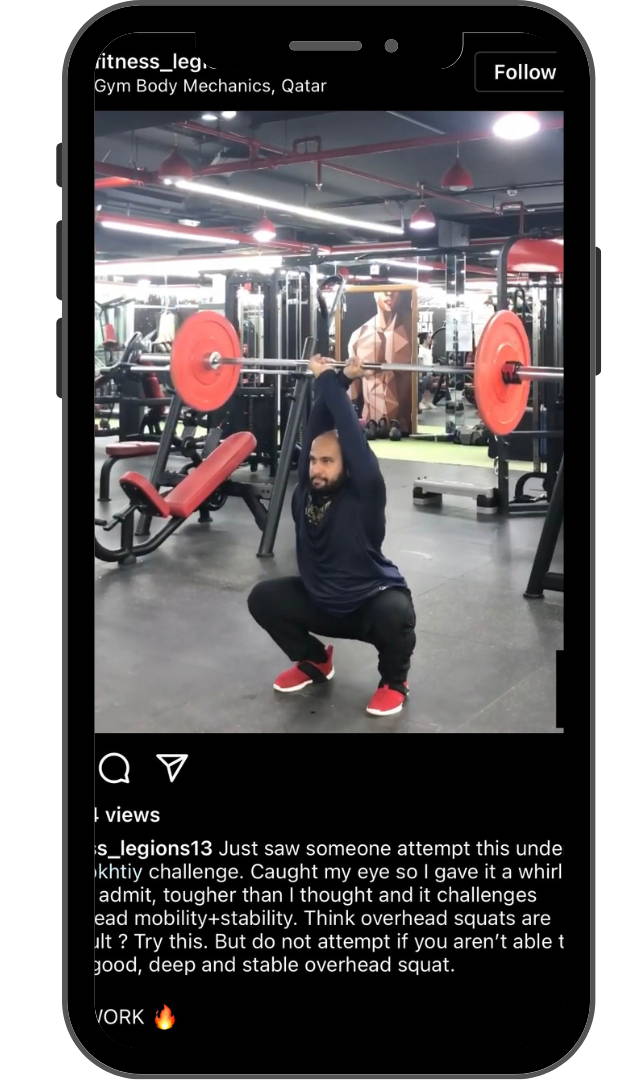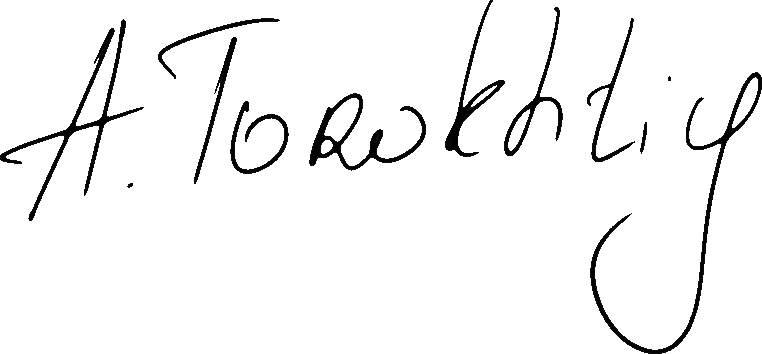The answer is yes, 100%! Weight training program for women is a completely new program. This training program is unique, fun, and add a different stimulus each week. We are implementing hypertrophy, power, and absolute strength to keep you healthy while building strength, athleticism and improving your lifts.
DESCRIPTION OF TRAINING PERIODS
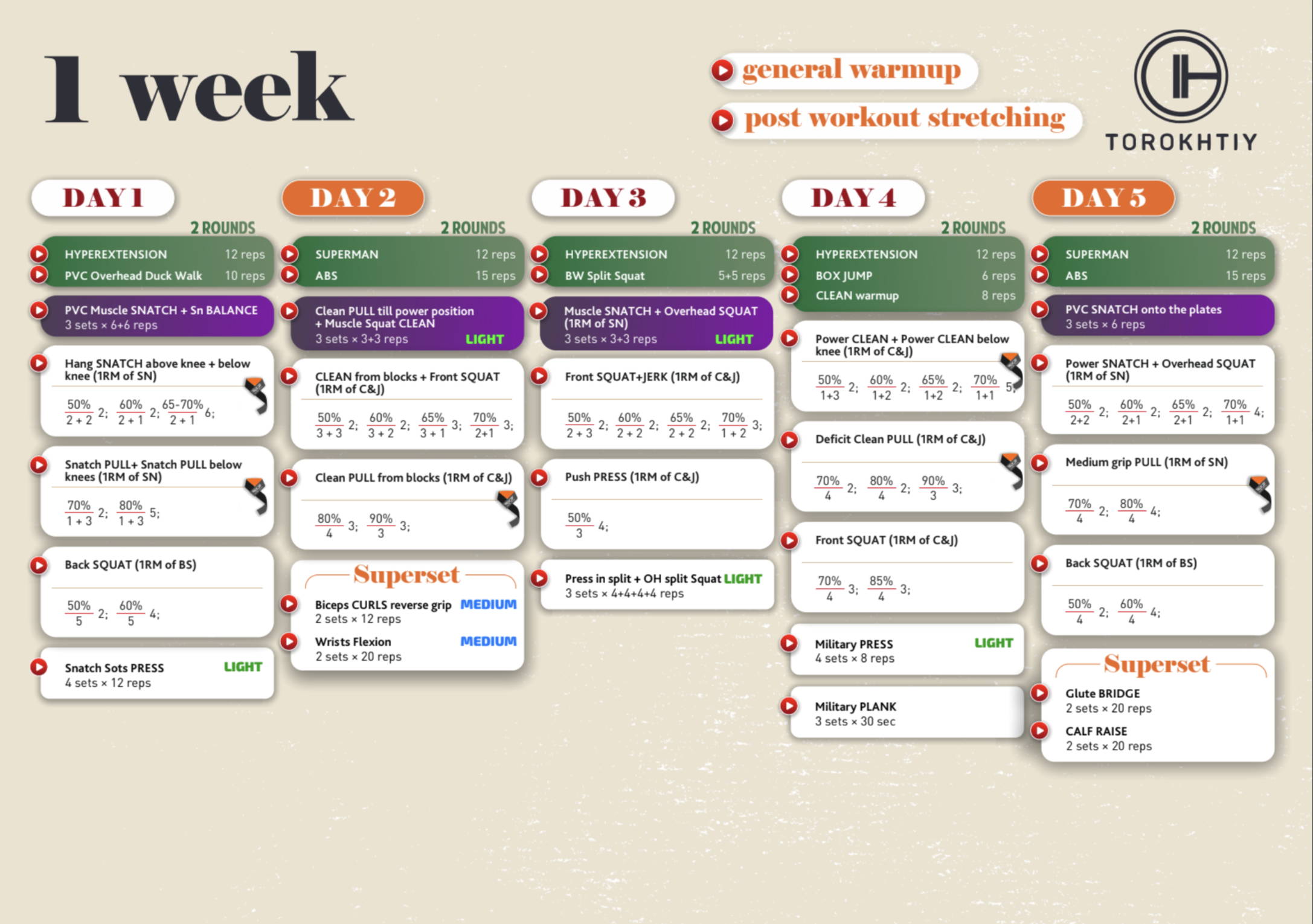
The program consists of 3 periods:
Weight lifting plan for women consists of 3 periods.
GENERAL PREP (week 1-4)
Preparation, based on accessory exercises including GPP, to strengthen and prepare the body.
SPECIAL PREP (week 5-8)
Preparation, aimed at building a base for a new result, through stressful work in complexes.
PR TIME (week 9-12)
The main task is to preserve and increase the level of speed and power.
GENERAL PREP (week 1-4)
SPECIAL PREP ( week 5-8)
PR TIME (week 9-12)

MY ATHLETES ON SOCIAL MEDIA
PROGRAM DETAILS
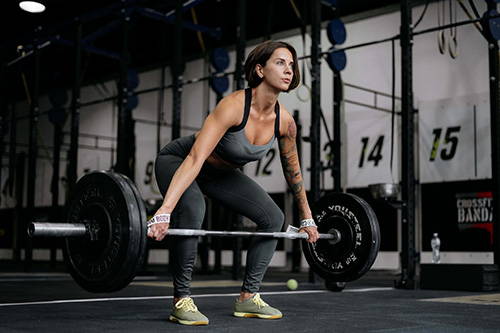
✓ 12 weeks + 2 bonus weeks;
✓ 5 days / week;
✓ 45-120 minutes per session;
✓ 50+ specific exercises;
✓ Primary focus on Olympics Lifts;
✓ Full access to all training content.
✓ 12 weeks + 2 bonus weeks;
✓ 5 days / week;
✓ 45-120 minutes per session;
✓ 50+ specific exercises;
✓ Primary focus on Olympics Lifts;
✓ Full access to all training content.
TESTIMONIALS
The following is just a sampling of the many positive feedback I have received from athletes who completed this program.
The following is just a sampling of the many positive feedback I have received from athletes who completed this program.
STEP-BY-STEP VIDEO INSTRUCTIONS
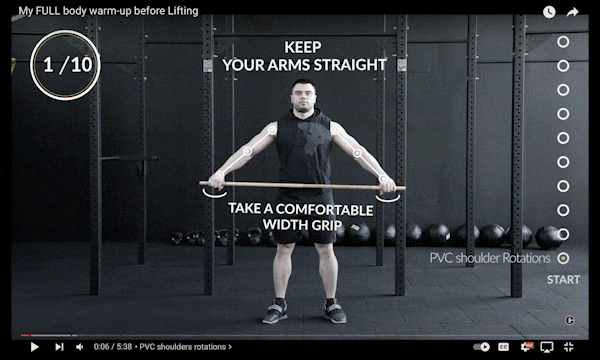
All workouts include:
✓ warm-up sets;
✓cooldown routine;
✓ 50+ specific exercises;
✓ 78 video instructions.
The workouts include everything you need:
- warm up set for muscle activation and prehab, including static stretching;
- cooldown routine with specific exercises that target muscles in different ways;
- 78 video instructions on how do each exercise properly so they're effective!
FROM ATHLETE TO COACHING
HOSTED OVER 200 SEMINARS WORLDWIDE
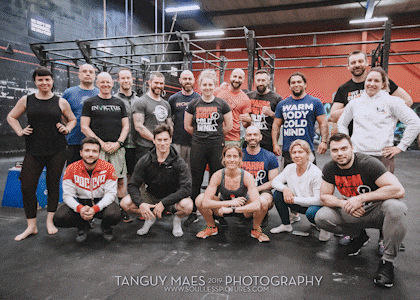
Hosting seminars for over seven years now, I've helped 10 thousand athletes from all around the world with their weightlifting journey.
It's an honor to be able do this!
PROPER NUTRITION

Weightlifting is an intense sport, and the right nutrition plan can help you achieve your personal best.
That's why we recommend combining our FEMALE 2.0 program with Performance Nutrition for maximum results!
Weightlifting is an intense sport, and the right nutrition plan can help you achieve your personal best.
That's why we recommend combining our FEMALE 2.0 program with Performance Nutrition for maximum results!
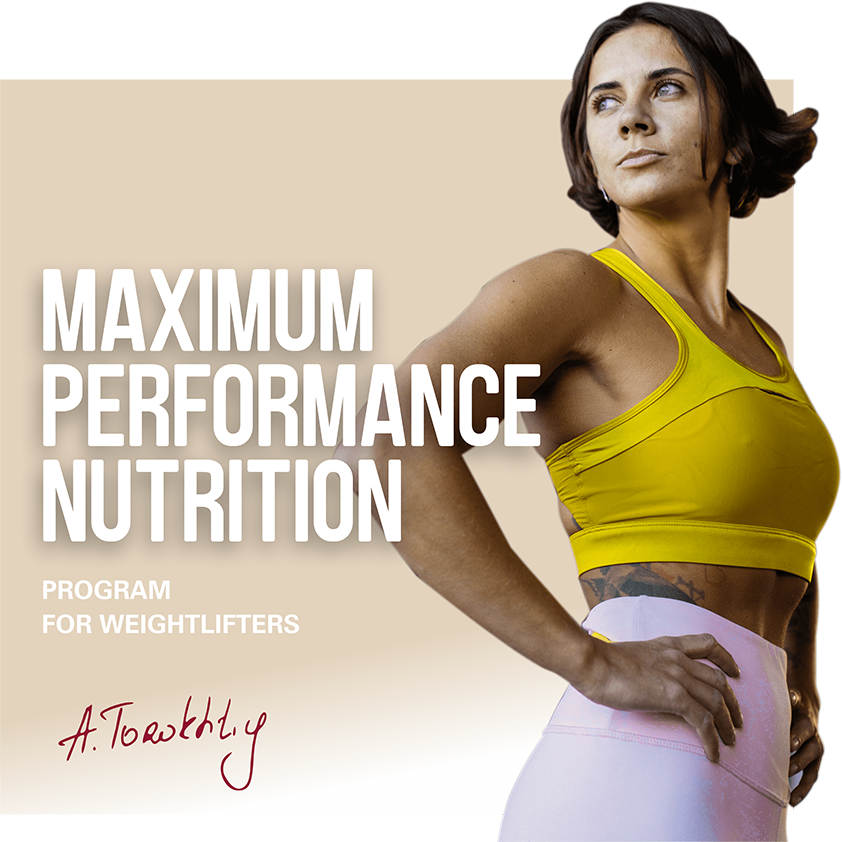
PRICING
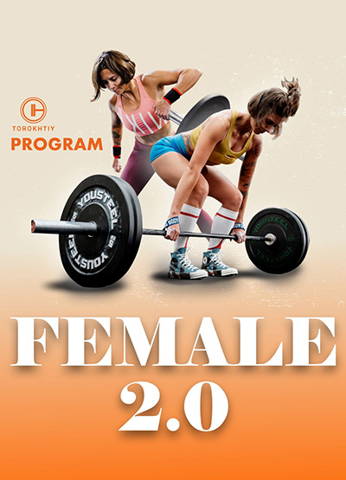
WOMEN 2.0
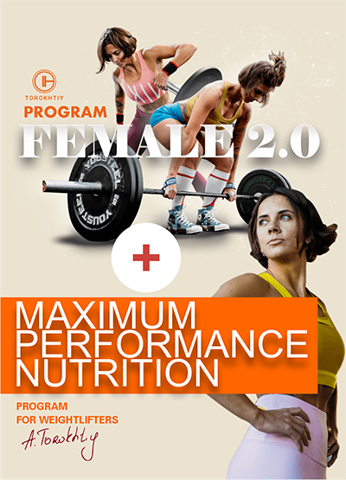
WOMEN 2.0 + Nutrition
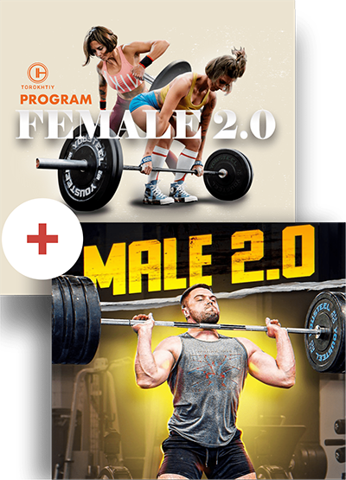
WOMEN 2.0 + MEN 2.0
12-week training plan (personal use)
✓
✓
✓
Workout Tutorial Videos
✓
✓
✓
Mobile-friendly version
✓
✓
✓
#LifeTime Access
✓
✓
✓
✓
Supplements Manual
✓
MALE 2.0 program
✓

WOMEN
2.0

WOMEN FEMALE 2.0+Nutrition

WOMEN 2.0+MEN 2.0
12-week training plan (personal use)
Workout Tutorial Videos
Mobile-friendly version
✓
#LifeTime Access
✓
Performance Nutrition
Supplements Manual
MALE 2.0 Program
PROGRAM UPDATE

Now, you can find the best exercises in ONE place!
🆕 Interactive video library;
🆕 Pre and post-workout stretch;
🆕 Detailed special warmup;
🆕 + 20 % of special and auxiliary exercises;
🆕 Optimised load;
🆕 Easy to navigate design;
🆕 Mobile pdf version.
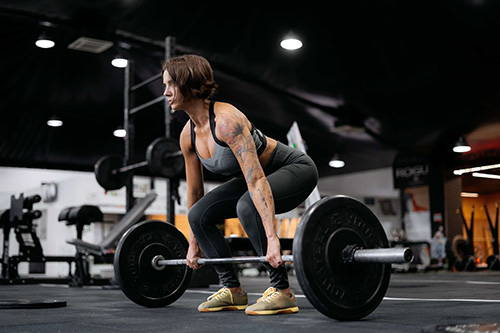
The best way to learn more about the FEMALE 2.0 is to try it out.
The First 3 workouts are for free.
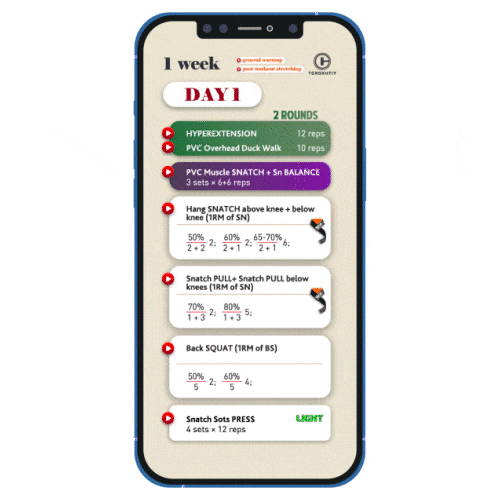

Questions? Look Here!
Or Email Us direct@torokhtiy.com
Do I need a new Female 2.0 program if I trained according to the Female 1.0 program?
How frequently should I train?
This strength training program for women is designed to be 5 days per week. We do not recommend training 4 days in a row. On your rest days, try to plan recovery activities, such as massages, or sauna.
Can I combine it with other types of training?
We do not recommend combining this womens weight lifting plan with other high-intensity workouts. You can add, at your discretion, recovery activities to develop flexibility and mobility, as well as short (up to 30 minutes) low-intensity cardio work (walking, rowing, swimming). Be sure to plan one full day off in each weekly cycle. The weight lifting routine for women effectiveness largely depends on your responsibility when it comes to the training process, sleep, nutrition, and recovery. Train smart, get enough rest.
Is it necessary to train in weightlifting shoes?
We highly recommend you wear weightlifting shoes, also known as Lifters. Whether you’re a functional fitness athlete or a weightlifter, you will find them beneficial.
What equipment do I need for the weight training routine for woman?
Barbell and Bumper Plates
Squat Rack
PVC
GHD
Rubber bands
Blocks
Kettlebells
Plyometric Box
What if I have more questions?
Please contact us at direct@torokhtiy.com
RECOMMENDED PROGRAMS
